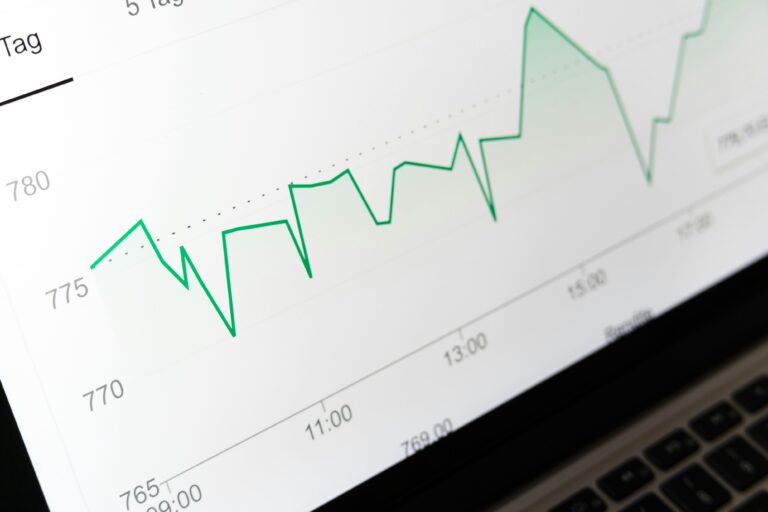The Shipping Industry is Evolving — and So Should Reporting
In an industry as global, complex, and highly regulated as shipping, the demand for accurate, timely, and transparent reporting is growing rapidly. Whether it’s environmental compliance, ESG tracking, or operational KPIs, the traditional ways of handling reports — exporting data into Excel, manually formatting documents, and emailing PDFs — no longer meet the needs of a modern maritime organization.
The truth is:
Static reports can’t keep up with dynamic operations.
The Limitations of Traditional Reporting
Many shipping companies today still rely on outdated processes to produce their reports:
- Manually aggregating data from various sources (ERP, Excel, internal systems)
- Copy-pasting charts and values into Word documents
- Creating static PDFs that quickly become outdated
- Emailing stakeholders with versioned files and attachments
This approach is:
- Time-consuming
- Error-prone
- Hard to scale
- Lacking in real-time context
A Smarter Approach to Reporting
Modern reporting isn’t just about aesthetics — it’s about agility, automation, and clarity. In today’s maritime environment, reporting platforms should offer:
✅ Automation
- Data is automatically pulled from integrated systems
- Reports refresh in real time or at scheduled intervals
- Outputs can be exported to PDF, Excel, or interactive dashboards without manual effort
✅ Interactivity
- Users explore live dashboards, not static charts
- KPIs can be filtered by vessel, region, time period, or other dimensions
- Trends and anomalies become immediately visible
✅ Security & Access Control
- Role-based access ensures sensitive data is protected
- Compliance officers, executives, and operational staff see only what’s relevant to them
✅ Integration with Existing Systems
- Reporting integrates with ERPs, SCADA systems, CRMs, databases, or Excel sheets
- Stakeholders can access insights via internal portals, intranet, or even public-facing dashboards
Practical Use Cases in Maritime Reporting
Let’s look at how this modern approach transforms specific areas:
| Scenario | Traditional Method | Modern Reporting |
|---|---|---|
| ESG & Sustainability Reports | Annual PDFs | Real-time dashboards + exportable summaries |
| Fleet Performance | Static Excel KPIs | Live metrics with drill-down & alerts |
| Crew Stats | Manually compiled charts | Filterable crew performance dashboards |
| Emission Tracking | Spreadsheet logs | Automated tracking with threshold indicators |
Who Benefits the Most?
- Executives: See accurate, up-to-date performance data at a glance
- ESG & Compliance Teams: Streamline report preparation and ensure audit-readiness
- IT & Data Analysts: Eliminate repetitive reporting tasks
- Investors & Stakeholders: Gain trust with transparent, accessible information
Reporting as a Strategic Asset
In the past, a report was just a document.
Today, it should be a real-time tool for strategic decision-making.
An effective reporting system:
- Saves time and resources
- Builds confidence among internal and external stakeholders
- Enhances agility in a competitive, regulation-heavy environment like shipping
What’s Next?
If you’re managing data in the maritime industry — ESG, performance metrics, compliance figures, or operational KPIs — and want to turn that data into actionable insight, there are ways to implement modern, integrated reporting solutions without disrupting your current infrastructure.
It’s not just about dashboards.
It’s about giving the right people the right data at the right time.
Ready to Elevate Your Reports?
If you believe your ESG, sustainability, or financial reports could be more dynamic, secure, and impactful — let’s talk.
📧 Email: lc@mentorsoft.eu
🔗 LinkedIn: Leonidas Chrysochoou



